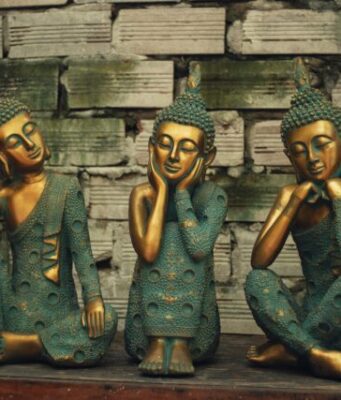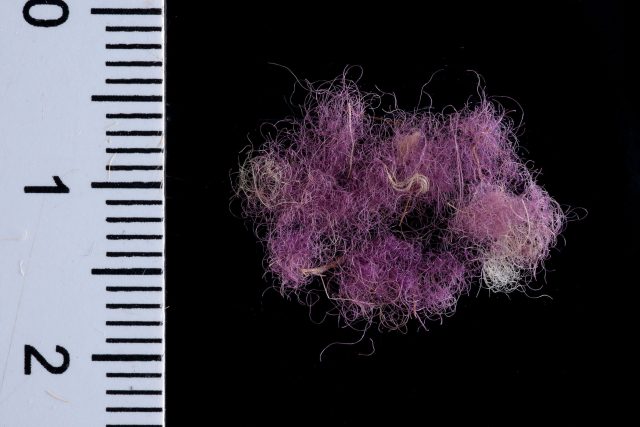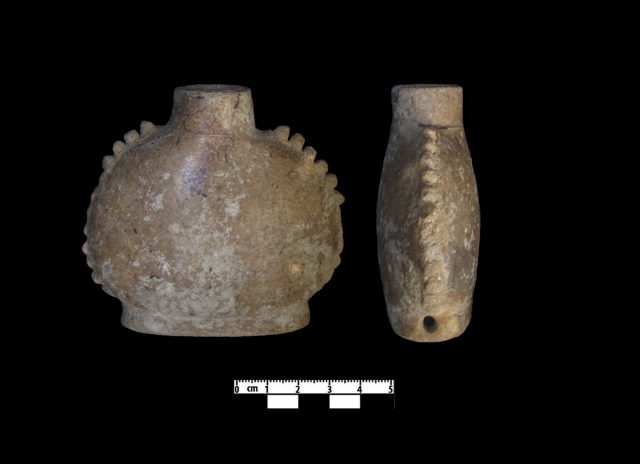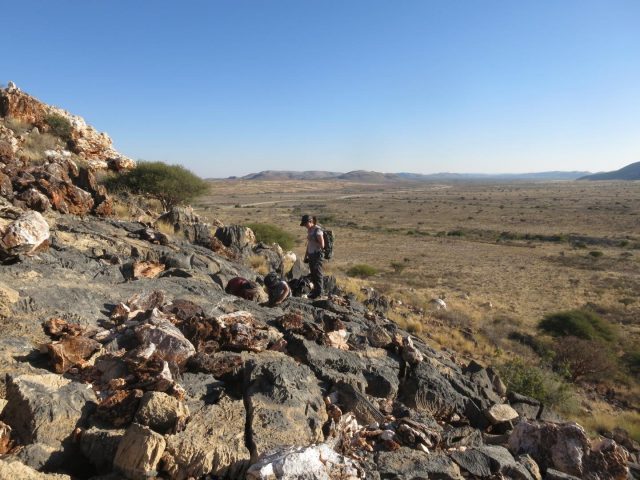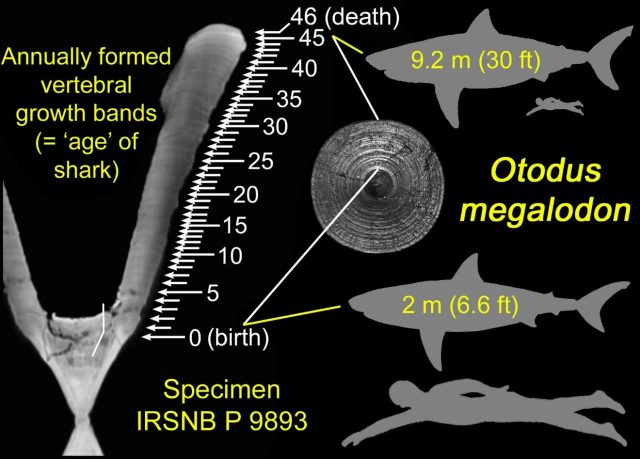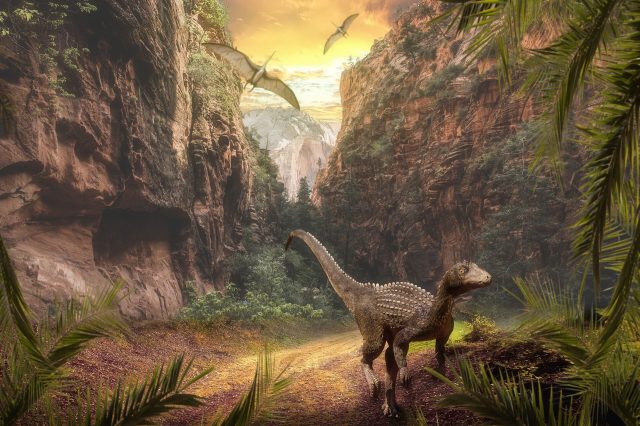"King Solomon made for himself the carriage; he made it of wood from Lebanon. Its posts he made of silver, its base of gold. Its seat was upholstered with purple, its interior inlaid with love." (Song of Songs 3:9-10)
For...
New research from Queen Mary University of London and the University of Maryland, has reignited the debate around the behaviour of the giant dinosaur Spinosaurus.
Since its discovery in 1915, the biology and behaviour of the enormous Spinosaurus has puzzled...
For the first time ever, a team of scientists, led by the University of Bristol, have described in detail a dinosaur's cloacal or vent -- the all-purpose opening used for defecation, urination and breeding.
Although most mammals may have different...
Scientists have identified the presence of a non-tobacco plant in ancient Maya drug containers for the first time.
The Washington State University researchers detected Mexican marigold (Tagetes lucida) in residues taken from 14 miniature Maya ceramic vessels.
Originally buried more than...
Archaeologists have discovered the world's oldest known cave painting: a life-sized picture of a wild pig that was made at least 45,500 years ago in Indonesia.
The finding described in the journal Science Advances on Wednesday provides the earliest evidence...
Remarkably well-preserved fossils are helping scientists unravel a mystery about the origins of early animals that puzzled Charles Darwin.
Analysis of the 547 million-year-old remains has enabled researchers to trace the ancestry of some of the world's earliest animals further...
A new study shows that the gigantic Megalodon or megatooth shark, which lived nearly worldwide roughly 15-3.6 million years ago and reached at least 50 feet (15 meters) in length, gave birth to babies larger than most adult humans.
This...
Fieldwork led by Dr Eleanor Scerri, head of the Pan-African Evolution Research Group at the Max Planck Institute for the Science of Human History in Germany and Dr Khady Niang of the University of Cheikh Anta Diop in Senegal,...
Olduvai (now Oldupai) Gorge, known as the Cradle of Humankind, is a UNESCO World Heritage site in Tanzania, made famous by Louis and Mary Leakey. New interdisciplinary field work has led to the discovery of the oldest archaeological site...
A new study from the University of Auckland looks at the animals' roles in moving seeds from one place to another.
Evidence from fossils indicates that seeds consumed by dinosaurs could remain intact in their stomachs, suggesting a possible role...
The 3.67-million-year-old StW 573 ("Little Foot") Australopithecus from Sterkfontein, South Africa, is the most complete skeleton known in the hominin fossil record. Its discoverers suggested that the significant curvature of its forearm is the result of a fall from...




